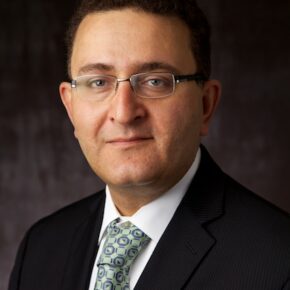My research goal is to facilitate evidence-based practice (EBP) among pediatric surgeons in order to ensure children and youth within Canada receive the best surgical care. To do so, I founded the Canadian Association of Pediatric Surgeons Evidence Based Resource (www.CAPS.ca) in 2014 to help bridge the gap between knowledge and action within pediatric surgery. The online resource is open-access and responds directly to the information needs of pediatric surgeons by providing them with critically appraised and summarized evidence obtained through systematic reviews (SR) on questions that they have identified as critical.
In 2019 I founded the Canadian Association of Pediatric Surgeons Patient Decision Aids (CAPS PtDA) an evidence-based tools that facilitate shared decision making (SDM) by increasing patient/family knowledge of available treatment options, facilitating feelings of clarity.
I am the chair of the Canadian Consortium for Research in Pediatric Surgery (CanCORPS). This is a consortium aimed at improving pediatric surgical care through high-quality collaborative research. CanCORPS aims to elevate the quality of pediatric surgical research by providing the highest scientific and ethical research standards.
For teaching we developed and validated the Pediatric Laparoscopic Simulator (PLS). This simulator is the only validated tool for pediatric Minimal Access Surgery and used for teaching medical students, residents, fellows and staff pediatric surgeons outside the operating room. I currently have over 120 peer review publications at various scientific journals
Research Projects
-
Treatment and Outcomes of Congenital Ovarian Cysts A Study by the Canadian Consortium for Research in Pediatric Surgery (CanCORPS)
01/11/2023
The outcomes of interest were the incidence of cyst resolution, of interventional management, and of ovarian preservation. Cyst resolution was defined as either the complete sonographic disappearance of the previously identified ovarian cyst or a decrease in ovarian cyst size to < 10 mm. An intervention was defined as a procedure performed to remove the cyst or diminish its size. This included percutaneous aspiration, ovarian-sparing surgical procedures such as cyst unroofing or cystectomy, or oophorectomy. Ovarian preservation was defined as the presence of a viable ovary at the point of last follow-up after either operative or nonoperative management. Specifically, it was the sonographic identification of a viable ipsilateral ovary after observation, or the surgical documentation of a visibly viable residual ovary in a patient who underwent operative management.

